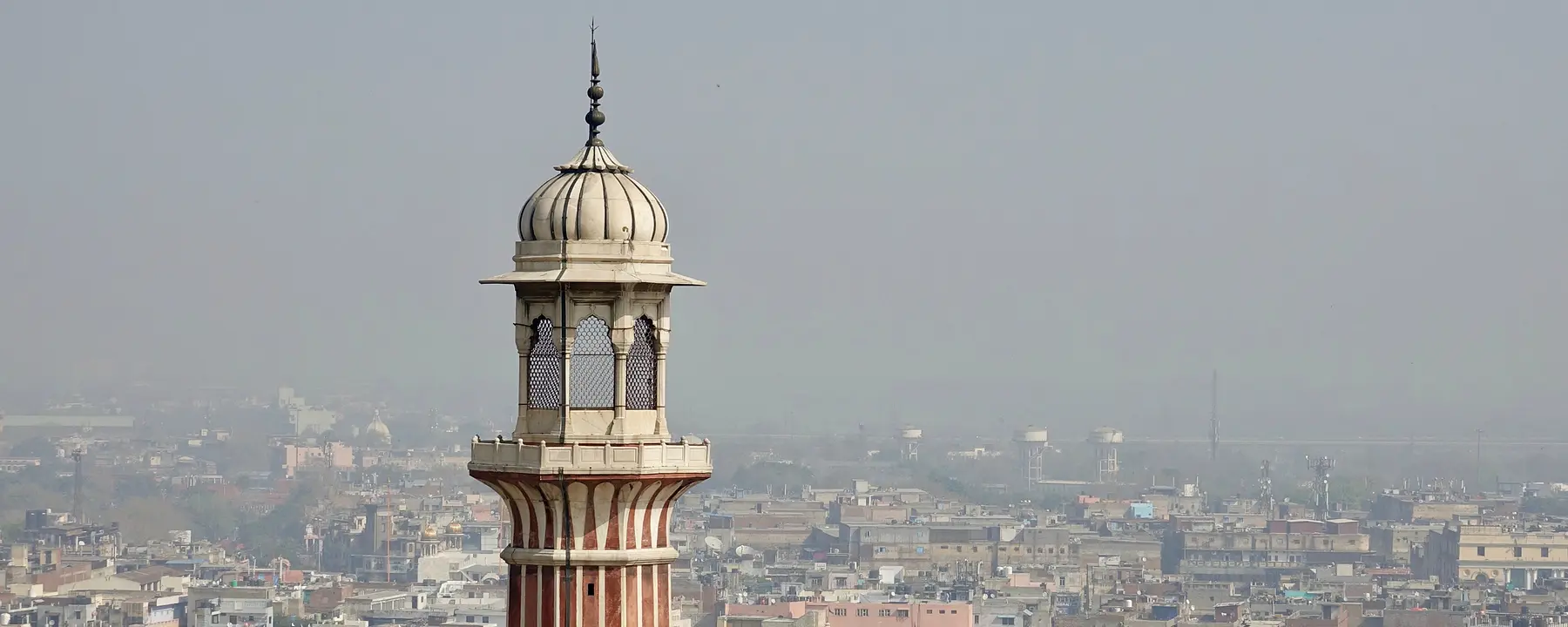Helping major cities address a serious public health threat
Air quality in India’s cities has reached a crisis point. Rankings published by the World Health Organization in 2016 have shown that several cities in North India, including the capital, New Delhi, have some of the world’s highest levels of fine particulate matter. Because of seasonal changes, conditions tend to worsen each year around November. In 2017, this meant Delhi experienced levels of particulate matter so severe that schools shut down, flights were canceled, and doctors described the situation as a public health emergency.
Fine particulate matter comes mostly from combustion-related sources (including vehicles, fires, cookstoves, and industrial operations) and secondary formation in the atmosphere. Places with high levels of these pollutants see increased rates of respiratory and cardiovascular diseases. The economy also suffers, as foreign businesses decline to invest, and tourists stay away.
The U.S. State Department, through the U.S. Embassy in New Delhi, chose RTI to help chart an air quality strategy for India. With decades of service to the U.S. Environmental Protection Agency, we offer extensive knowledge of air quality and health research and policy solutions. We have also worked in India on other development challenges since 1982, and opened an office in New Delhi in 2014.
Connecting India’s Cities with World Leaders in Air Quality
In May 2016, we worked with the Indian Institute of Technology-Delhi to engage stakeholders through a series of workshops in four northern Indian cities—Delhi, Chandigarh, Jaipur, and Lucknow—to discuss India’s air quality issues and identify possible solutions. Attendees represented government, industry, academia, and the nonprofit sector, from both India and the United States, bringing opportunities to learn from experts who had tackled similar policy issues in different locations and from different perspectives.
Presentations, panel discussions, and breakout sessions allowed participants to learn and brainstorm about the air quality issue in their regions. We created focus groups on air quality and health effects, air pollutant measurements and modeling, and policy, including the government-industry relationship. Each group was charged with specific questions and asked to identify current gaps and develop short- and long-term recommendations for addressing those gaps.
Among the gaps we identified were:
- A disconnect between public health study results and the policies that could help improve air quality
- Lack of awareness of air quality issues outside of urban areas
- Lack of reliable air quality monitoring data and the need for monitoring of fine particulate matter, in addition to other air pollutants, in Indian cities
- Lack of an open data portal to share data
- The need to develop long-term air quality management plans with relevant timelines.
Our workshops established relationships that will enable stakeholders to address these gaps through collaboration—over time and across miles.
Promoting Open Data as an Essential Tool for Reform
Since the workshops, we have compiled a set of recommendations for the Indian government based on discussions at the workshops. Some of our baseline recommendations revolve around high-quality, open data—a key driver for research, awareness, cultural change, and policy reform.
Quantifying North India’s air pollution status is an essential step toward developing an air quality management framework that will lead to progress. We published a report summarizing the recommendations, and a summary of the workshop recommendations was also published in the EM magazine of the Air & Waste Management Association (A&WMA) for broad dissemination.
The task of implementing our recommendations and developing a long-term strategy belongs to India’s national and state governments, with the cooperation of business and industry. By bringing many of these stakeholders together to share ideas and strategies with experts in air quality, we have helped leaders make strides in building the connections and initiatives that will help combat air pollution in the region. We continue to communicate with relevant stakeholders to help support this effort.
- U.S. Department of State
